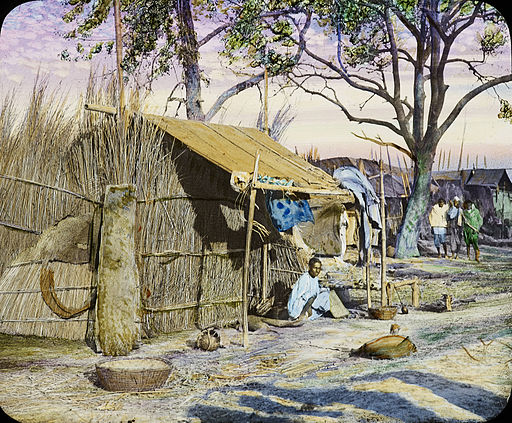India’s Death Rate Falling But Rural Urban Divide High
All talk of India’s expanding population is laced with various reasons including high fertility, migration, better availability of food etc. One oft-cited reason is also the falling death rate. And while India has seen its decadal death rate decline to 8.5 in 2001-2011 from 42.6 in 1901-1911, it is still behind countries like China and Brazil.
Death rate is calculated as the number of deaths in an area in a year per 1,000 population. We can see that between 1901 and 1911, the crude death rate was 42.6, which was quite high, and this has come down to 8.5 (2001-11) - an improvement of about 80% since 1901.It can also be seen that the year-on-year reduction was quite high till 1951-61 but it has come down since that time. In fact, in the post-liberalisation period, the death rate has come down by only 7.9%.
Let us try and see the international comparisons. We will be comparing the death rates for BRICS in 2012. We can see from the table below that while Brazil and China have lower death rates than that of India, Russia and South Africa have death rates that are higher than India.
Let us now look at data based on rural and urban areas. The Census started collecting the rural-urban death rates from 1971. The urban death rate was 9.6 in 1971-81, and it was almost double at 16.4 in rural areas. Though the death rates have come down, the rural-urban divide still remains: the death rate was only 6 in urban areas and it was 8.2 in rural areas in 2001-2011. While the death rates have declined 50% in rural areas, it has fallen 37.5% in urban areas. Once again, it can be seen that the fall in death rate has come down in the post-liberalisation period.
Let us now look at state-wise data. We have taken the five most populous states of India so that demographic calculations may be optimum.
States With High Population And Their Death Rates, 2012

Source: Census
We can see from the table above that three out of the five states with high population have death rates between 6 and 6.6. Uttar Pradesh and Andhra Pradesh have high death rates 7.7 and 7.4, respectively. The rural-urban divide is evident here as well among all these states. It is interesting to note that the rural-urban divide in more developed states like Maharashtra and AP are higher than in states like UP and Bihar. And west Bengal reported a lower death rate for rural areas.
Conclusion
It is interesting to note how growing life expectancy due to better health care and living standards have reduced death rate in India to a great extent. And since rural India still lacks proper facilities for healthcare, the disparity in death rates continue even after six decades of independence.



